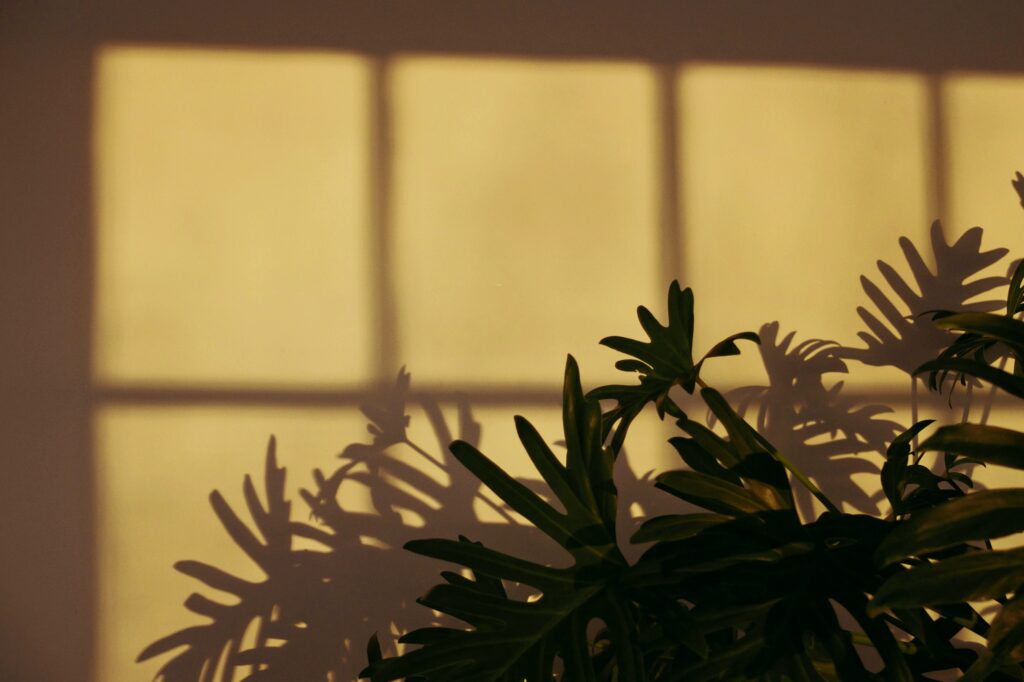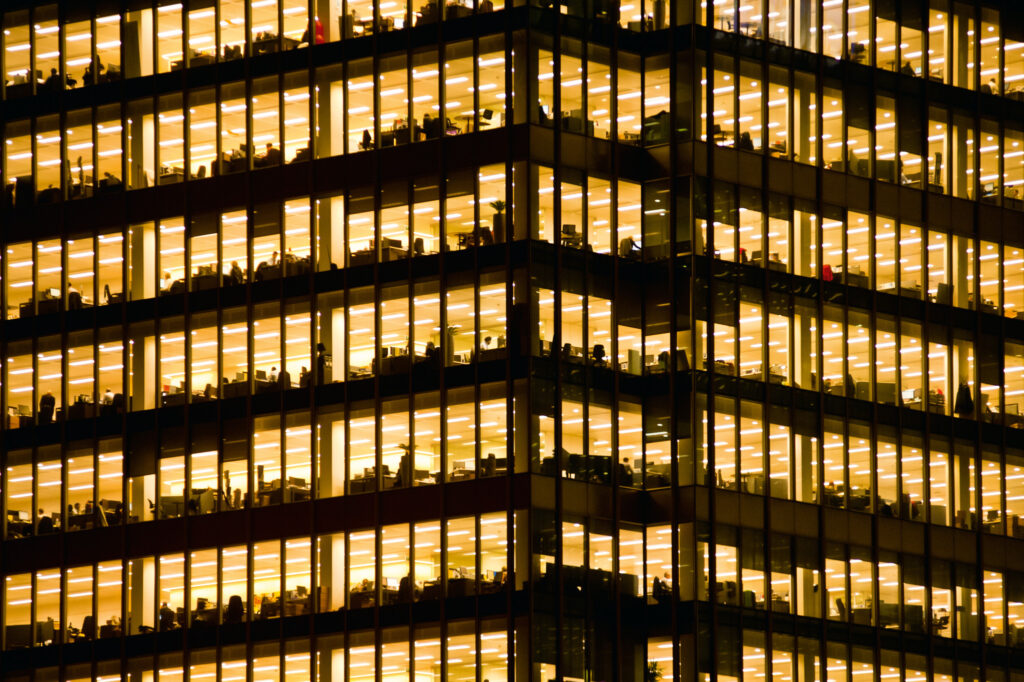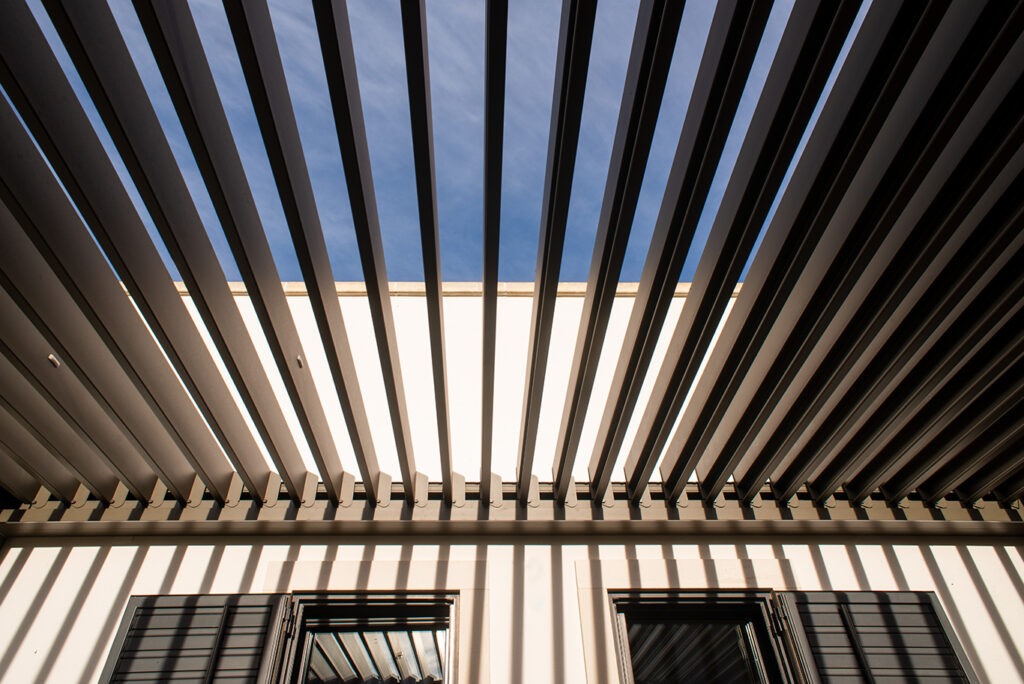
From sleeping to concentration, hunger and body temperature; each of these aspects is governed by hormonal secretions, produced by the relationship between man and the external environment. Light and dark, in particular, are responsible for regulating the circadian rhythm, an extraordinary evolutionary mechanism that synchronises the physiological processes of the human body every 24.5 hours. This 2017 discovery won a Nobel prize and today the focus is turned to the world of architecture.
In 2017, American researchers Michael Rosbash, Jeffrey Hall and Michael Young won the Nobel prize for medicine with their discovery regarding functioning of the circadian rhythm: an internal biological clock within every living being that recommences every 24.5 hours, in harmony with the rotation of the earth and consequent cycle of light and dark, determining human physiological activity. A year later, Pratic chose to pool recent international studies in this area, bringing them together in the shared context of design. This gave rise to Healthy Lighting – Semiosi della Luce (The semiosis of light), the company’s first neuroscience study, with the goal of understanding how the use of natural light in architecture can improve the mental and physical well-being of every individual.
The origins of this link lie way back when humans spontaneously began to synchronise the physiological rhythms of the body with the rotation of the earth. This evolutionary process was made possible by the presence of light and dark, the alternation of which represents the main trigger determining regulation of the circadian rhythm. However, when these triggers are lacking or artificially modified, human beings’ natural rhythms are altered, generating a new 30/36-hour cycle, with 20 waking hours and 16 hours of sleep that, misaligned with the circadian rhythm, can lead to physical problems and altered mood.
Even in architecture the natural light can improve the mental and physical well-being.
Natural light vs artificial light

One of the most common interferences to the circadian rhythm is artificial light, and in particular light in the blue spectrum typically generated by tablets, computers and televisions, evening use of which can significantly impact our sleeping/waking hours.
Exposure to an LED light stimulates cognitive performance and improves awareness, with a consequent decrease in the REM phase during sleep. This is because our eyes are sensitive to the wavelength of light, which impacts the circadian rhythm. Cold light, with a short wavelength (around 460 Nm), acts as a melatonin suppressor: in fact, two hours of exposure to these light waves is sufficient to see a 60% decrease in the level of melatonin, the production of which is usually helped by an absence of light.
This not only influences the quality of sleep, but also has wider implications. Correct production of melatonin acts against processes of carcinogenesis, working to clean up reactive oxygen species, the propagation of which would otherwise be moted, as demonstrated by data regarding the incidence of tumours amongst night workers.
Architecture: between light and dark

The need for darkness during the night is mirrored by the need to benefit from natural light during daytime hours, underlining the importance of having bright spaces that are open to the outdoors in domestic, public and working environments.
In 2006, a group of scientists launched a study with the aim of proving the connection between the presence of light in indoor working environments and mood. The results of the study demonstrated that it is not an increase in artificial light that has benefits on mood but rather the presence of natural light. In fact, generally speaking, to satisfy the needs of employees, offices should be at least 20% glazed. “Bunkered” offices with poor natural light lead to modification of the circadian rhythm, and the possibility of psychological discomfort and illness associated with limited access to natural light.
In fact, the sun represents an excellent ally for physical well-being: exposure to the sun’s rays is the only way to synthesise the vitamin D that the human body requires, with benefits for bone development and strengthening of the immune system. During the summer, 6 to 8 minutes of sun is enough to assimilate a sufficient quantity of vitamin D, whilst during the winter between 7 and 40 minutes is necessary. This may seem like a limited risk at first glance, but in reality it is increasingly difficult to guarantee these requirements in the context of our modern lifestyles.
Outdoor living: the best regulator of the circadian rhythm

Scientific evidence allows us to easily identify the outdoors as the environment best suited for rebalancing the circadian rhythm. The alternation of light and dark allows realignment with the natural cycles of human physiology, rendering open-air architecture more essential than ever.
How can we achieve such benefits with closed, covered architecture? One ideal example is the pergola: a protected structure capable of capturing natural light waves arriving from every direction – horizontal, vertical and diagonal – and maximising the benefits.
Vertically, the pergola can contain large glazed surfaces that act as a boundary between indoors and outdoors, enclosing the individual within a sheltered environment. At the same time, the option of a modular covering allows these outdoor structures to be open to diagonal and overhead light, both of which are extremely effective at influencing the circadian rhythm. This is because the sun’s path from east to west allows us to perceive the rotation of the earth, creating a truly dynamic and comfortable structure.
Contact Us
News